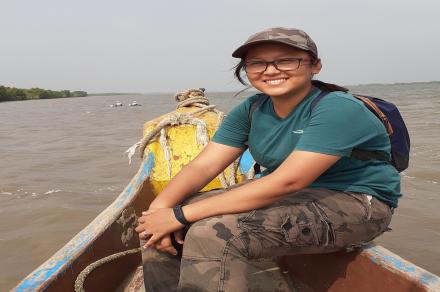Breadcrumb
- Home >

I am trained as a wildlife biologist and am interested in exploring the application of genetics in biodiversity conservation. I work in the field of connectivity conservation utilizing non-invasive samples and landscape genetics analysis to prioritize areas important to maintaining gene flow. With a keen interest in carnivores, especially small cats, my doctoral work tries to understand the role of tiger corridors in maintaining functional connectivity of sympatric felids across multi-use landscapes of India. Moving from species to landscape, population numbers to their connectivity, and single-species to multi-species approaches are the central ideas that my ongoing research work attempts to address.
Copyright © 2025. All rights reserved